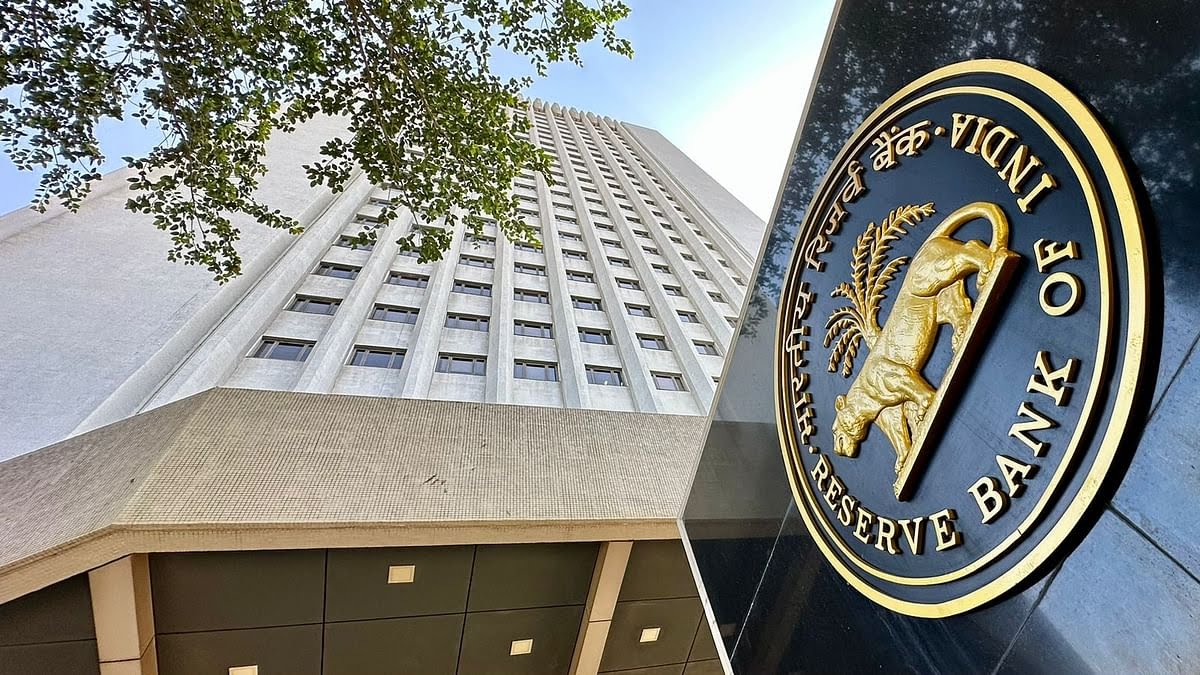
While the Reserve Bank of India considers cryptocurrencies “speculative”, the regulator is willing to have an “informed debate” on digital tokens, according to Deputy Governor T Rabi Sankar.
“If there is an informed debate, you don’t have to rely on advertisements to understand the products,” he said at an event on Tuesday hosted by the Indian Banks’ Association in Mumbai about the path forward for India’s central bank digital currency ambitions.
He has yet to hear a clearly reasoned answer that lays out why any of the cryptocurrencies like bitcoin and Ethereum are either assets or currencies by themselves, Sankar said.
While the RBI has long warned about the risks of unpegged cryptocurrencies and the pure speculative purposes they exist for, Sankar also said stablecoins—tokens pegged to currencies such as the U.S. dollar—can present risks as well.
“Stablecoins are only beneficial to a few countries whose currencies they are linked to,” Sankar said, referring to such tokens pegged to the U.S. dollar or the euro. “For others, stablecoins can pose an existential threat to policy sovereignty.”
Since being introduced via a pilot in December 2022, India’s retail central bank digital currency—the e-rupee—has garnered a total of 1.3 million customers.
“We should target 1 million transactions a day via the retail e-rupee by the end of this year,” Sankar said. This will allow the central bank and system participants to understand transaction patterns and design the system in a more conducive way for users, he said.
While from a user’s perspective there is really no difference between UPI and e-rupee’s end use case, retail transactions are the key to understanding how the digital currency will finally be used in the economy, Sankar said in his address. The RBI doesn’t intend for the physical currency and the e-rupee to be different in their essential nature, he said.
RBI also expects interoperability to be in place for UPI QR codes and e-rupee QR codes by the end of July, Sankar said. Interoperability between the UPI QR code and retail e-rupee will allow customers to make e-rupee payments by scanning a UPI QR code as opposed to relying on separate QR codes for both systems.
However, the programmability of the e-rupee can ensure that money is used only for specific, predetermined use cases, Sankar said in his address. For instance, the programmability could ensure that money given under an agricultural loan can only be used to buy agricultural inputs, the RBI deputy governor said, citing an example of programmability for the digital currency.
RBI will also have to address the need for offline transactions for the e-rupee, he said. Although the current technological architecture of the e-rupee uses a hybrid distributed ledger system, RBI is “not sure if we have completely solved the issue of which technology to use for the e-rupee,” Sankar said.
The biggest advantage of the e-rupee is likely to accrue from cross-border transactions, which tend to be pretty costly in their current form, he said.
“Existing systems for cross-border transactions have some degree of rent-seeking associated with them,” Sankar said. Legal anonymity for e-rupee transactions is also something that the RBI will need to work on, he said.
“If we can ensure anonymity, e-rupee can exist independently from a bank account,” Sankar said.
